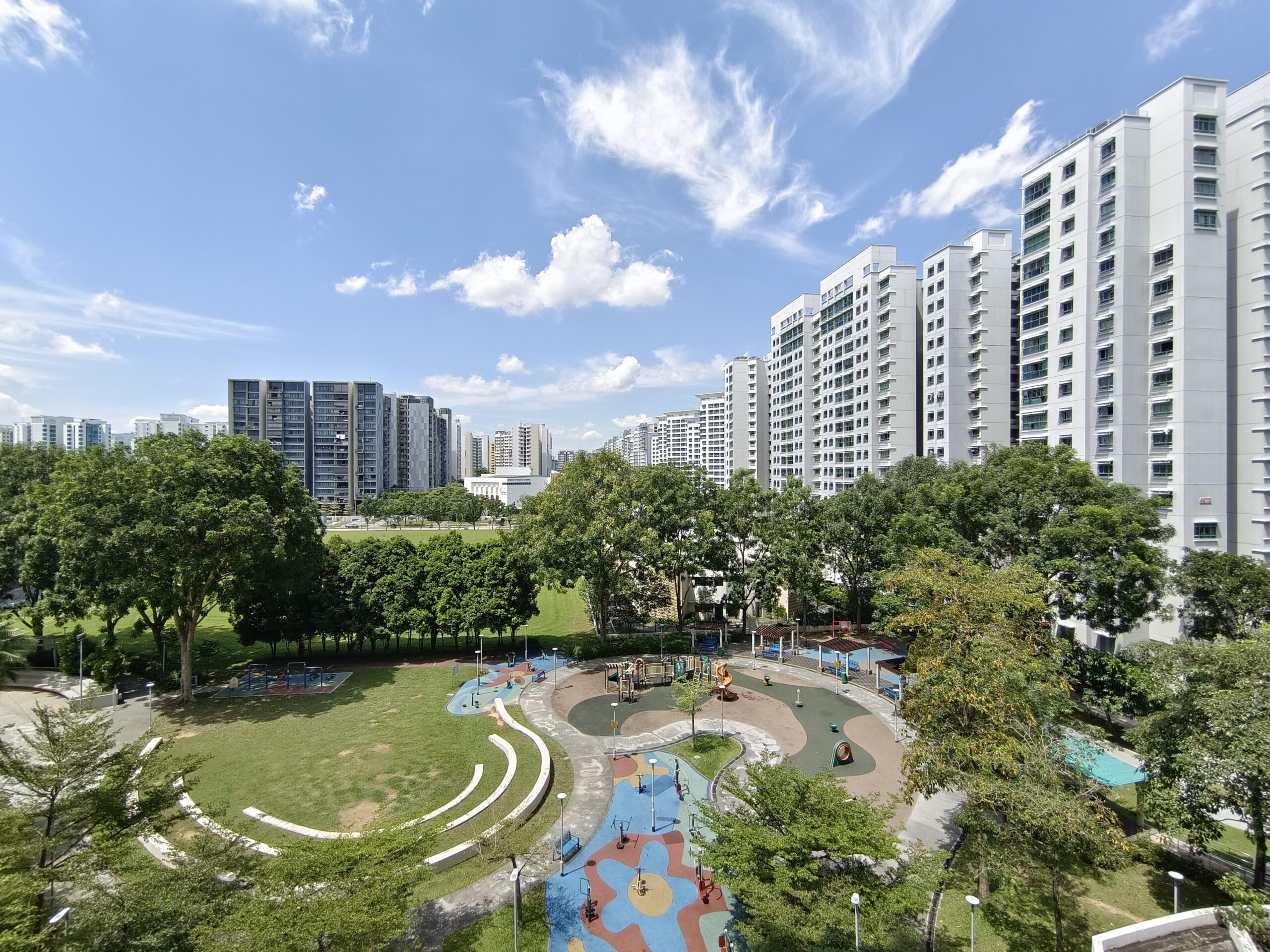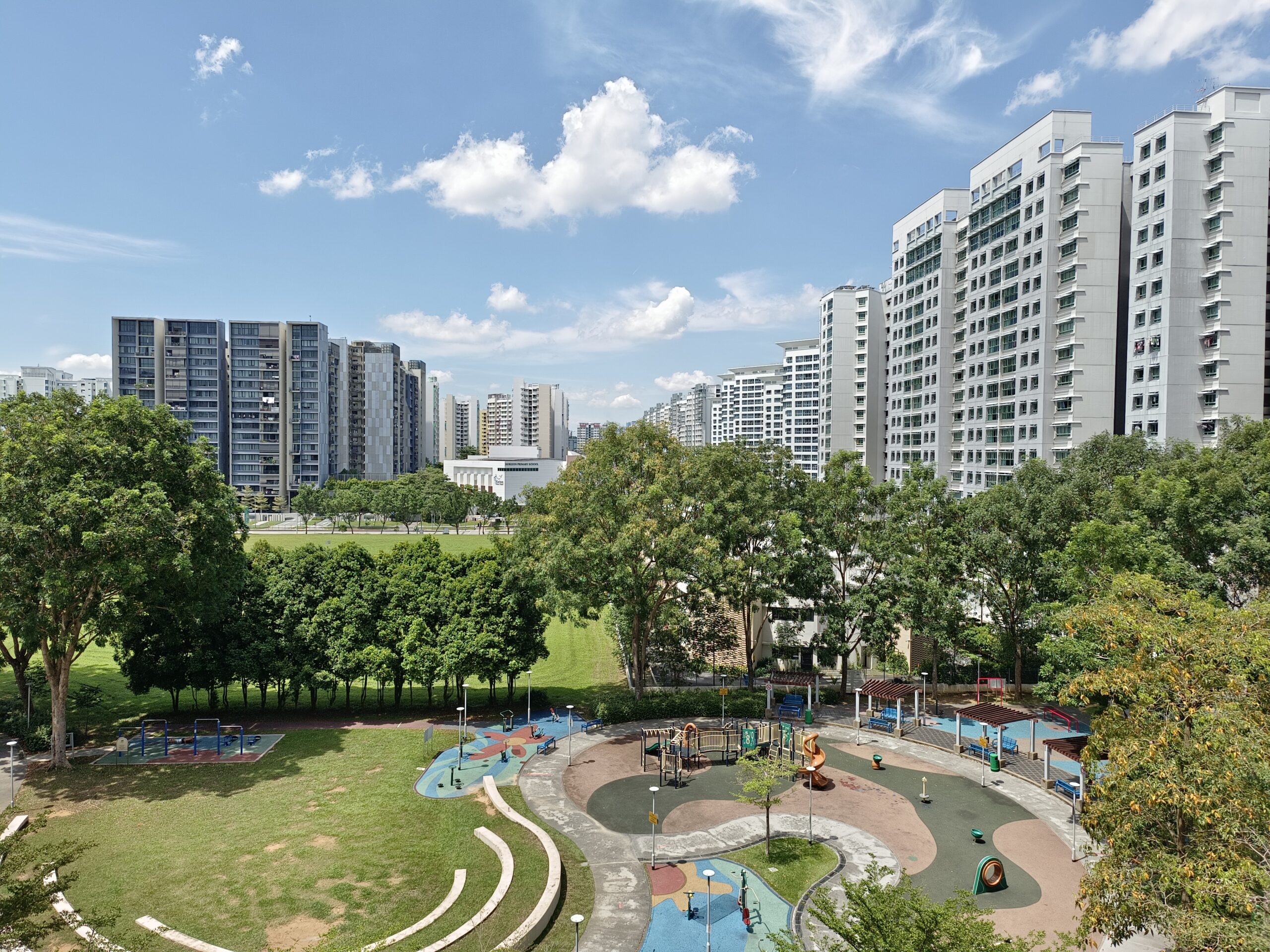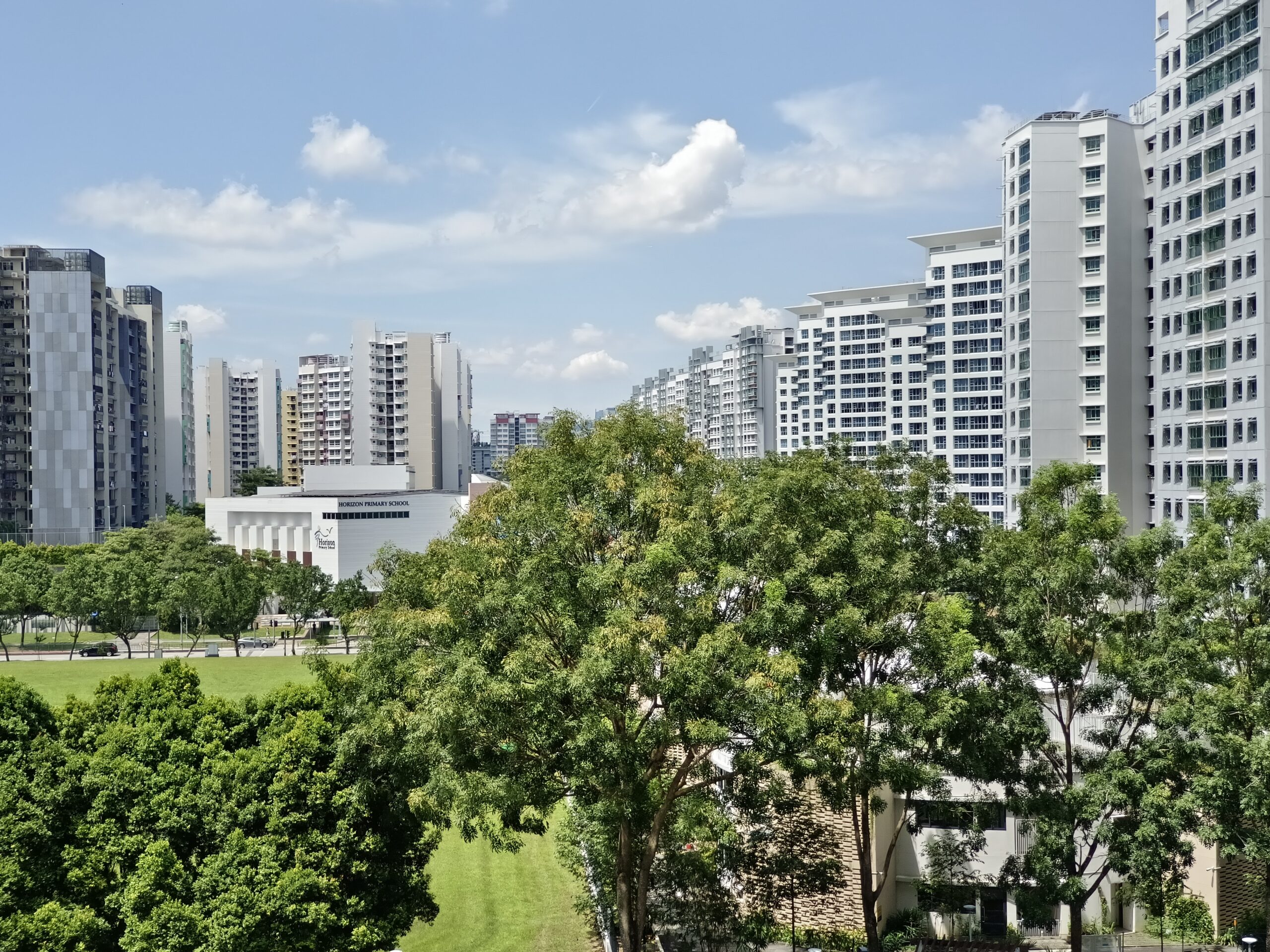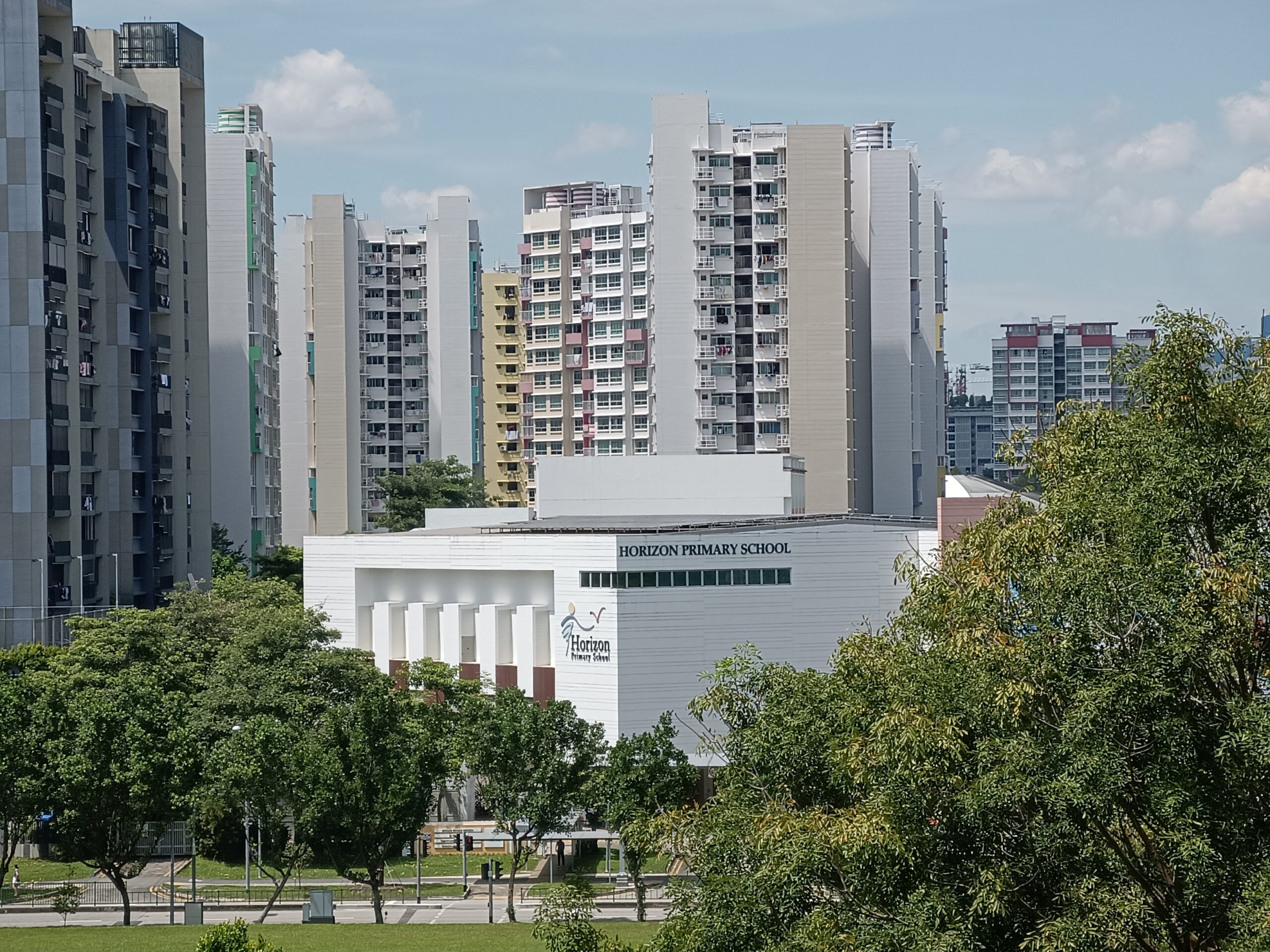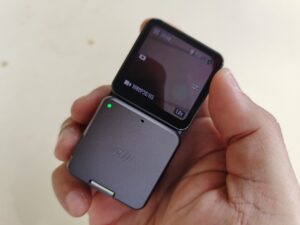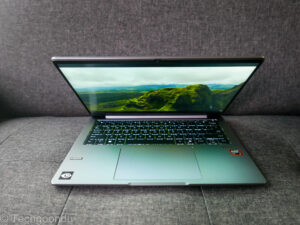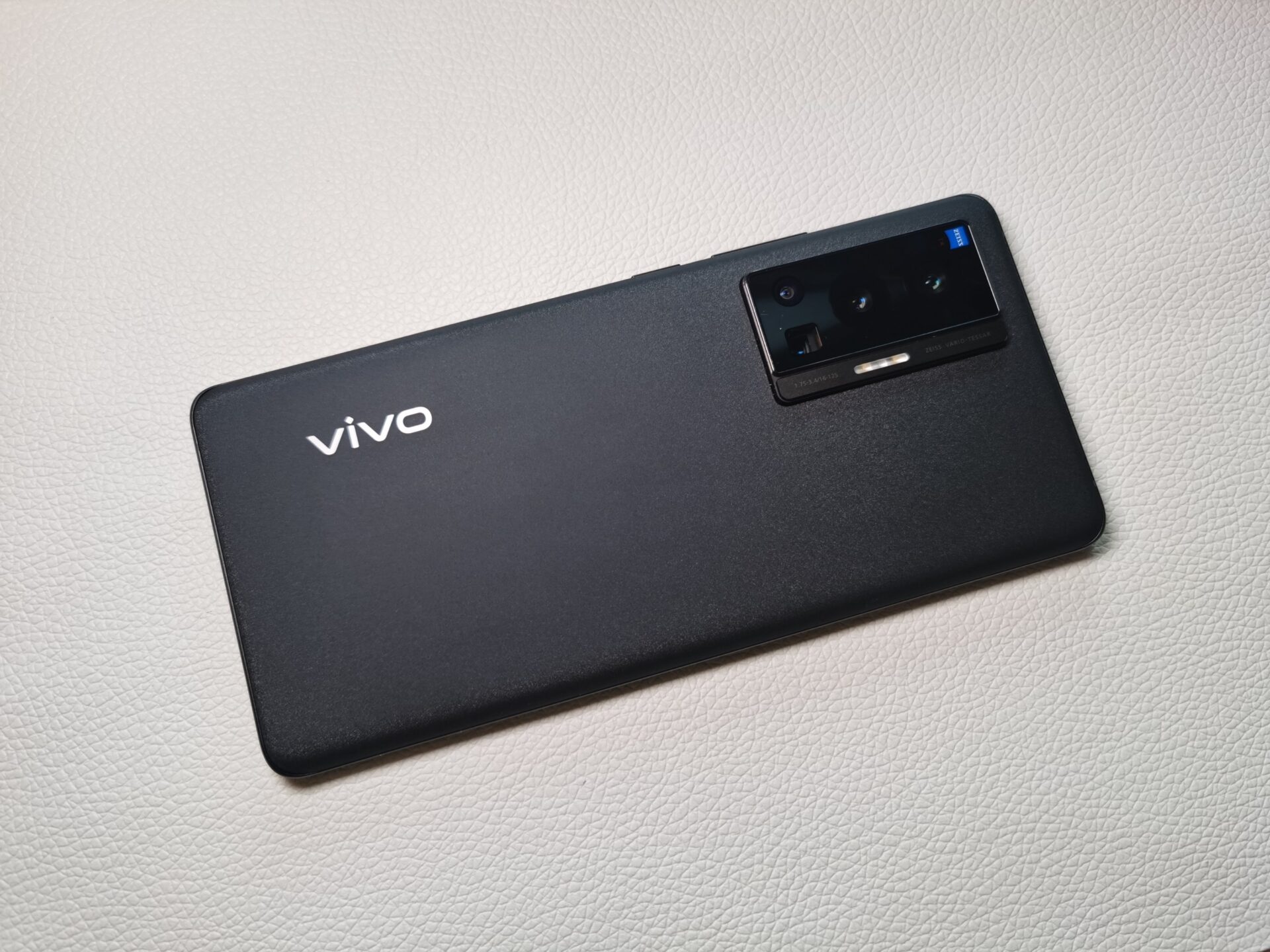
The new MediaTek Dimensity 1200 processor has found another high-end smartphone in the new Vivo X70 Pro.
Just to pique your curiosity a little more, the Dimensity 1200-vivo moniker for the chip seems to suggest that it is customised for Vivo’s smartphones.
In terms of looks, the X70 Pro feels like any flagship phones these days with a thin profile, with the screen curving down at the sides. The textured matte glass back is a welcome relief from the fingerprint magnets put out by the competition and it is comfortable to use without the protective casing that comes included.
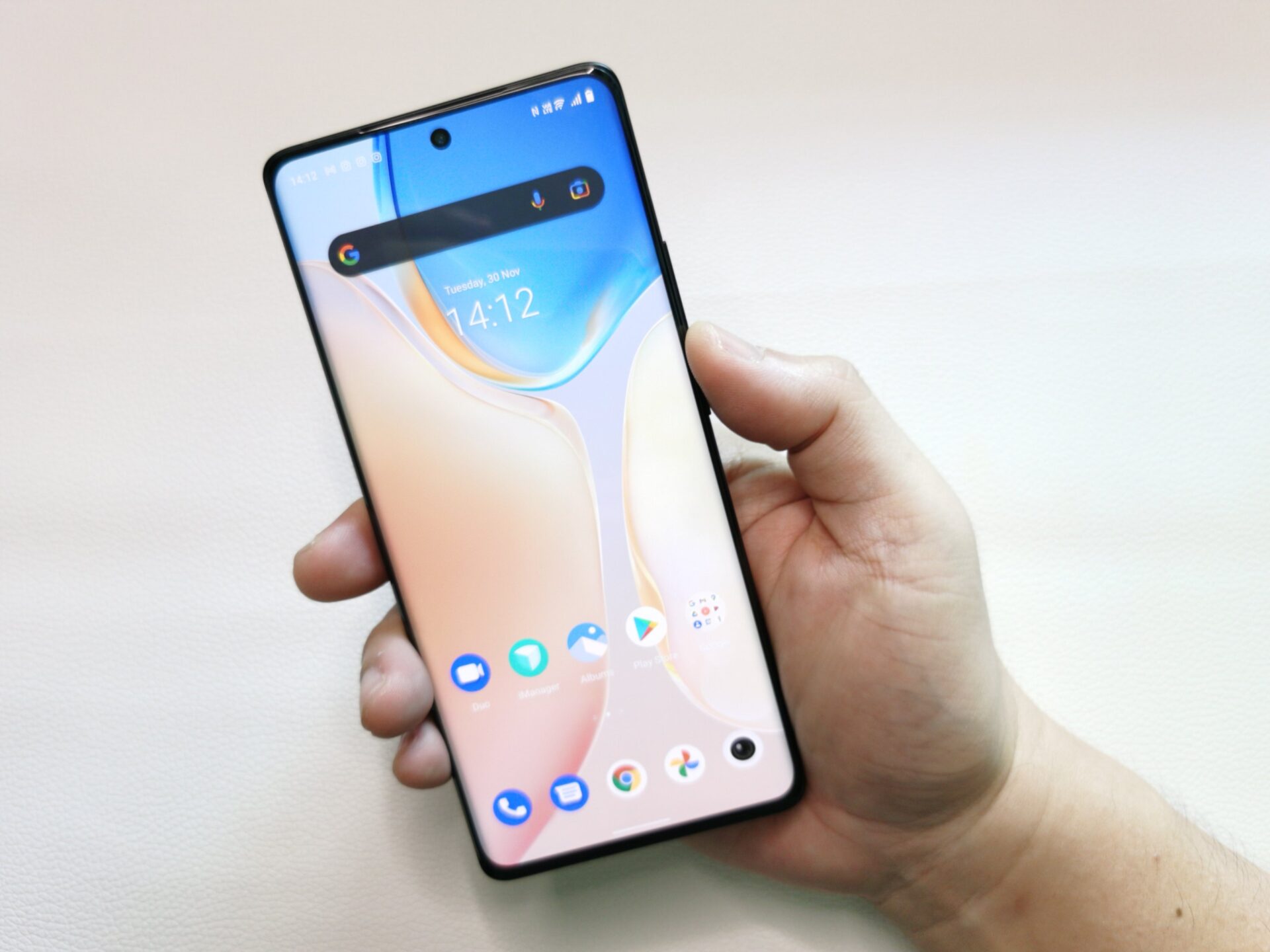
Synthetic test results from 3DMark (4,094), PC Mark (8,097) and Geekbench (Single-core: 883/Multi-core: 2,939) suggests similar performance with the Oppo Reno6 Pro 5G so when it comes to handling day-to-day tasks, there are no surprises from the new Vivo phone.
I tried pushing Vivo gadget to the limit, shooting 4K resolution videos at 60 frames per second, editing photos and videos on the fly and the device did not falter. With the help of the handy 12GB of RAM and 256GB of storage onboard, the phone acquitted itself well. My experience was largely positive.
It helps that the X70 Pro comes with a 6.56-inch Full HD+ AMOLED screen. It is sharp and also very responsive, thanks to the 120Hz refresh rate.
The phone supports HDR10+ too so video streams should look a bit more detailed as a result. Not everything is perfect, however. For some reason, the controls overlay on YouTube obscures the screen and refuses to go away until I manually zoom in to fill the screen to make it disappear.
What I also don’t like is the phone’s loud and one-sided audio speaker. The video streaming experience with YouTube is not a great one, I’d be honest. Good thing is, the Netflix app does not seem to suffer from the same problem.
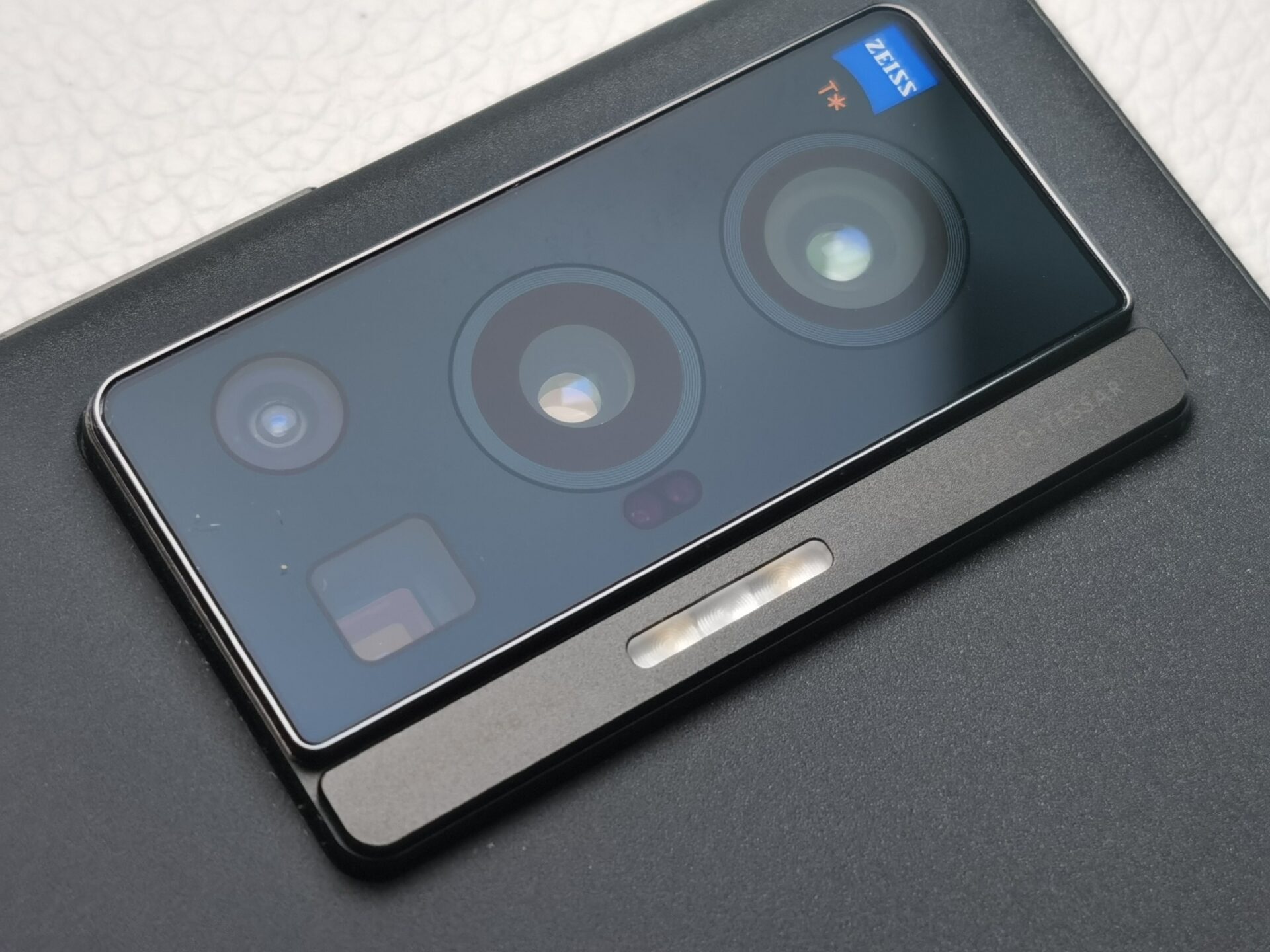
What about the cameras onboard? Though the sleekness of the X70 Pro is disrupted by a fairly thick camera console, there’s good reason here. It houses a built-in gimbal and a camera system that is co-engineered with German lens manufacturer Zeiss.
The X70 Pro has a total of four cameras – a 50-megapixel ultra-sensing gimbal camera, a 12-megapixel portrait camera, a 12-megapixel wide-angle camera and an 8-megapixel periscope zoom camera. The compromise on looks is one I can live with if the camera system performs well.
That, fortunately, is what the X70 Pro does. The photos produced by the phone in the right hands are mostly sharp, detailed and exposed well, thanks to its computational photography algorithm.
I am very impressed with the camera’s “Super Pano” Panoramic mode. Through the use of the built-in mechanical gimbal and an on-screen guide, a user is led to shoot individual photos that do not suffer from camera shake. As a result, the panoramas are sharp and very detailed.

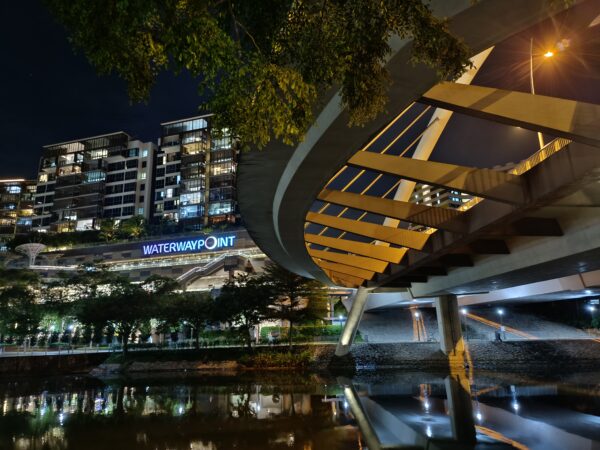
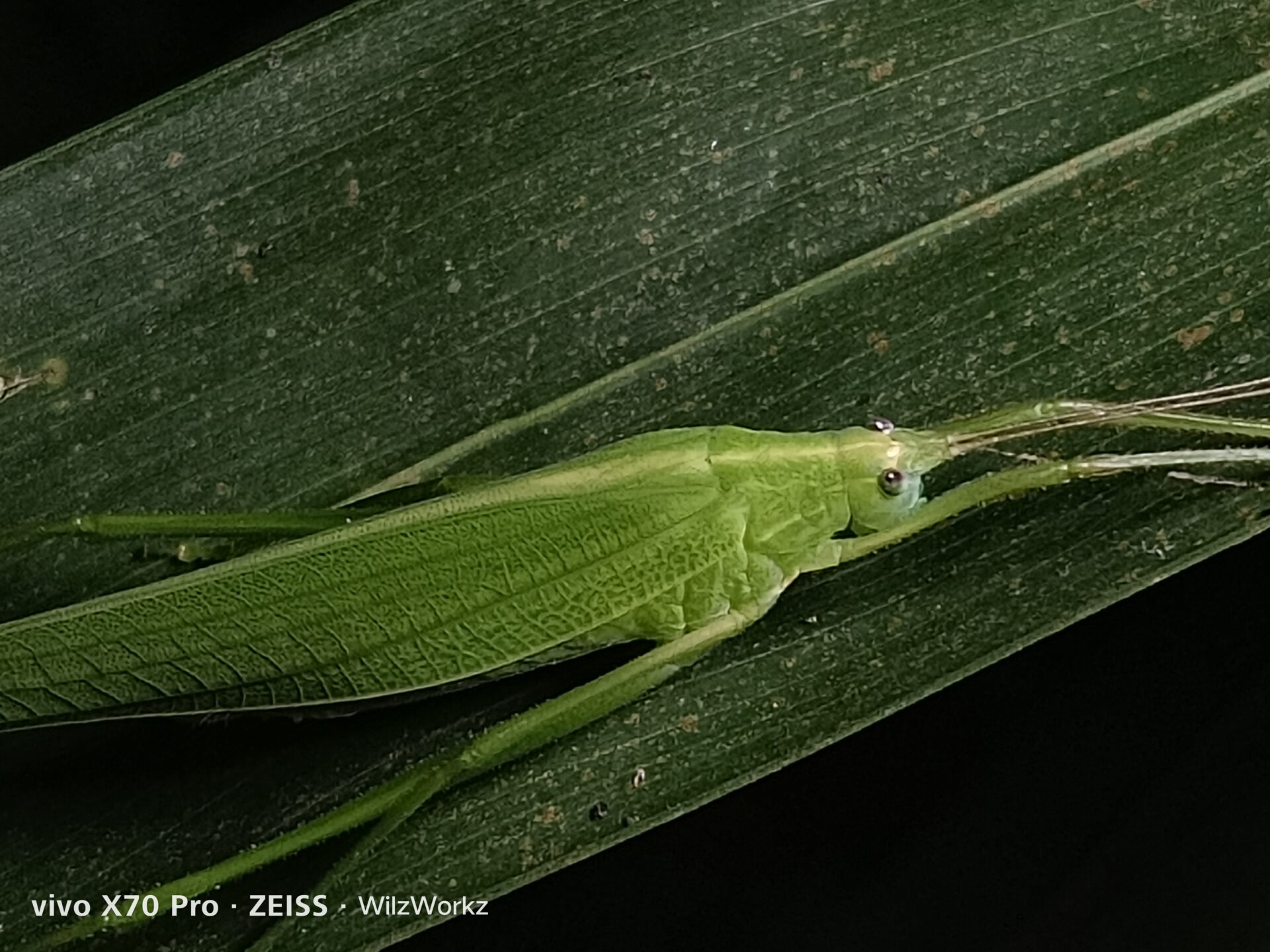
The mechanical gimbal also makes it easy to shoot stable video footage and zoomed-in photos. These are possible even in low-light situations, not just in bright daylight.
The Vivo phone comes with a periscopic zoom camera too and it helps when attemping macro shots. Some photos I shot one night in Pasir Ris Park are passable and still need some post-editing to bring out the details.
However, the zoom camera gets plenty of light and it will perform well in usually tough situations. I just wish it has more megapixels at the telephoto end.
What about the front-facing 32-megapixel selfie camera? Unfortunately, here, it exhibits some aggressive beautification in its default mode so I have to tone it down by switching it to Original mode to make things look more realistic.
What I do find is that the phone’s AMOLED screen tends to give the images a bit more saturation than in real life, even after I have switched the screen colour to the more accurate Professional mode.
It was only when I checked the same images with a calibrated screen that I realised how good the images from the X70 Pro were. So, if you’re seeing oversaturated images on the phone screen, try seeing them again on a calibrated screen, say, a professional PC monitor.
Notably, there is also clear variance in how the images are processed for the regular wide-angle and ultrawide-angle cameras. The images by themselves are good but you cannot help to notice the difference when putting them side by side.
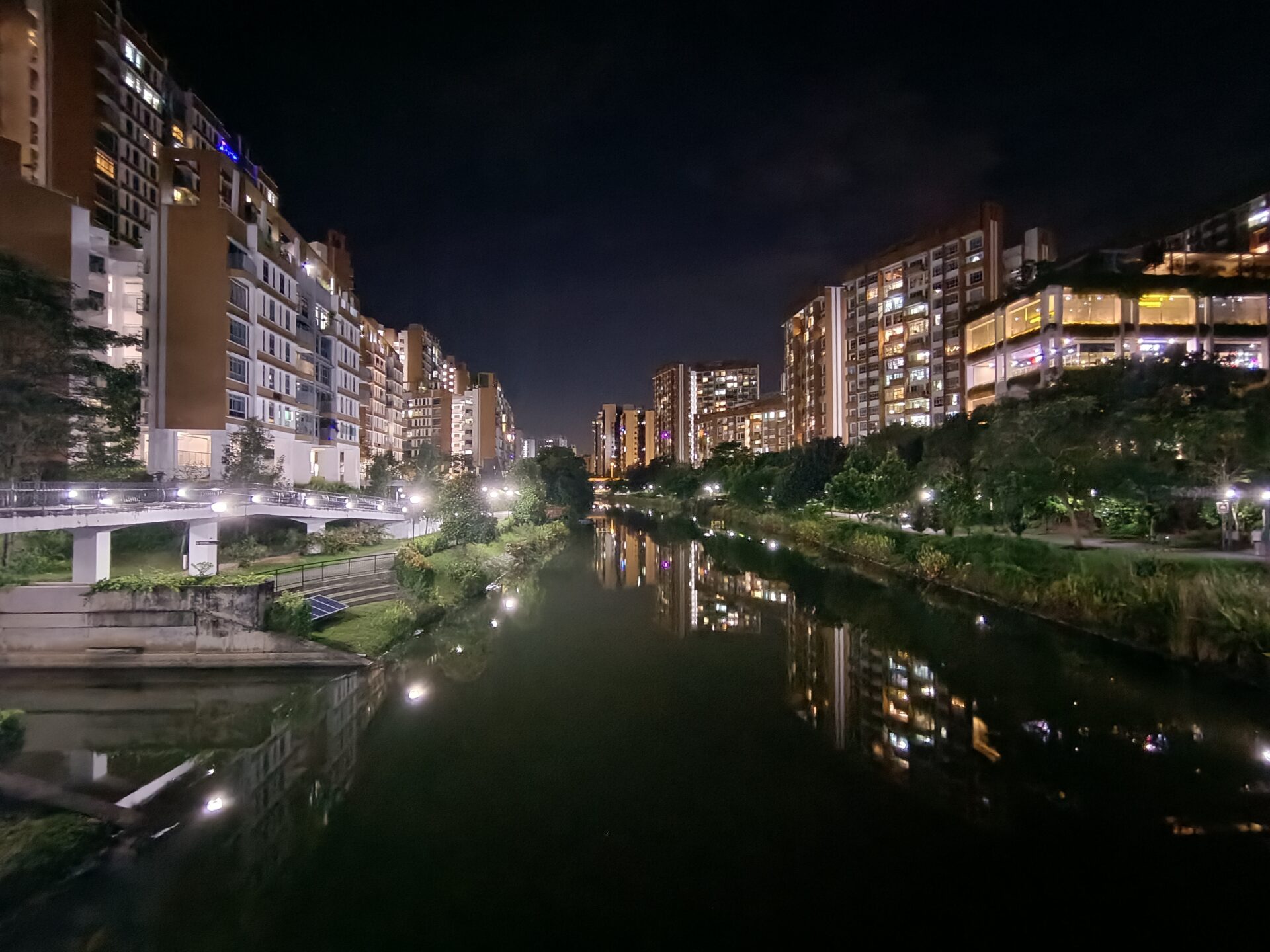
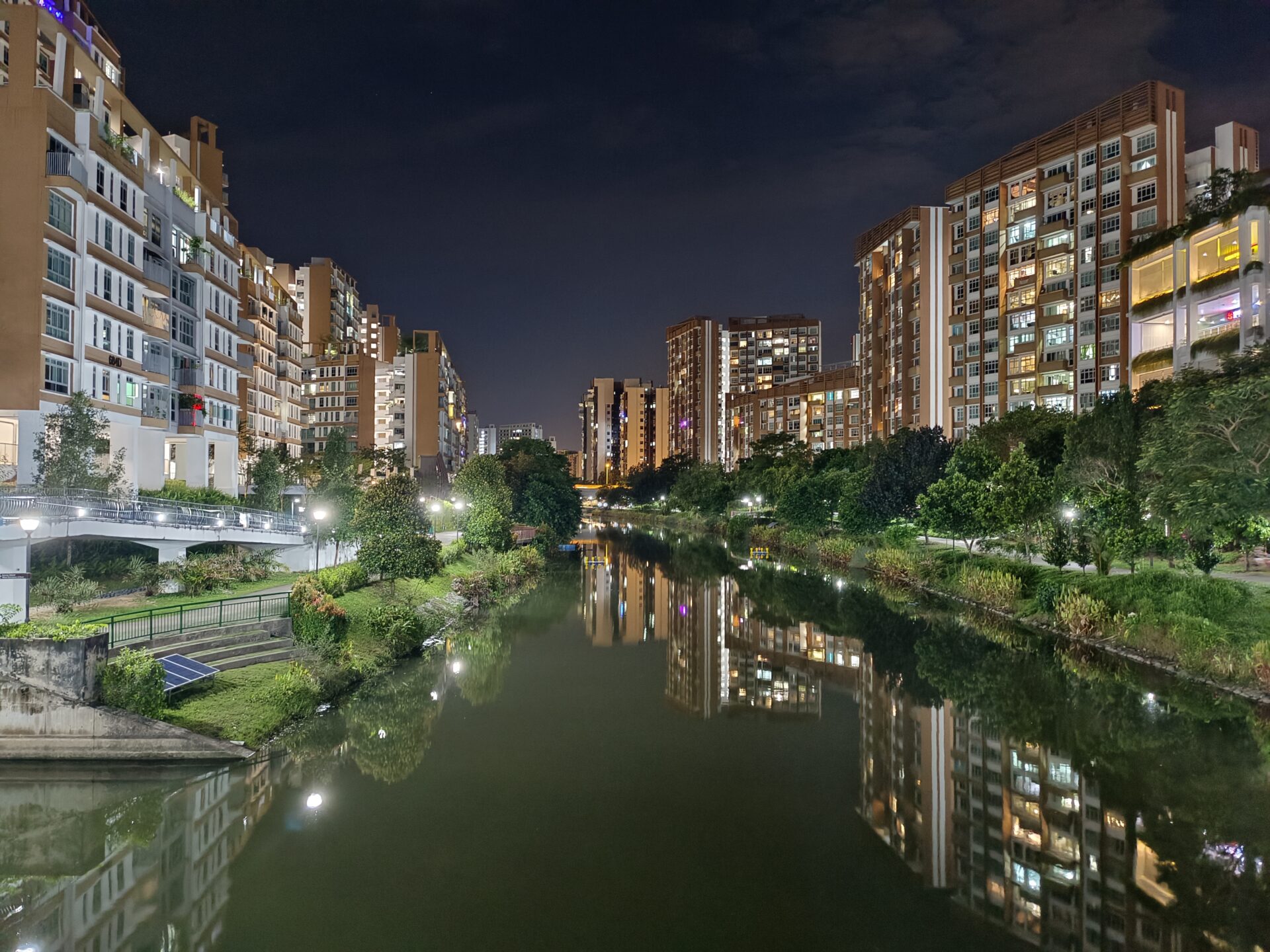
With a price tag of S$1,199, the X70 Pro isn’t cheap. Though the image quality from the phone is already high, the phone can and should do more to bring about more consistency from its camera system.
That said, the X70 Pro won’t disappoint users who enjoy shooting videos in low light, for example. The built-in mechanical gimbal is a great addition to any camera system, and it does extremely well in otherwise challenging situations.
The bad news is that the more souped-up (and costlier) X70 Pro+ with a top-end Qualcomm Snapdragon 888 processor and a dedicated V1 imaging chip that photography enthusiasts will love, will not be coming to Singapore. That would have helped Vivo to gain more brand recognition here.
